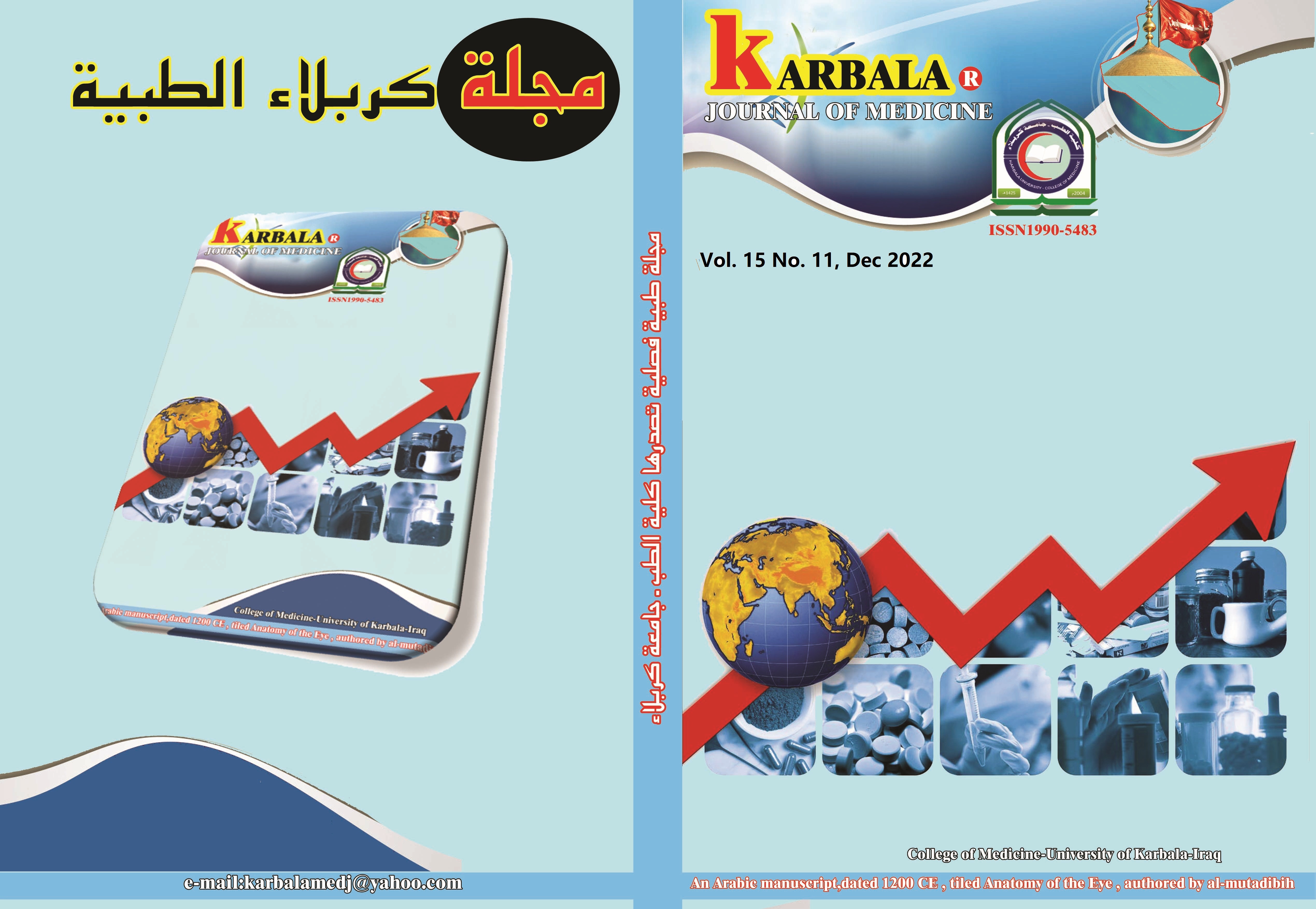Karbala Discriminant Formula to Differentiate Beta-Thalassemia Trait from Iron Deficiency Anemia
DOI:
https://doi.org/10.70863/karbalajm.v15i1.932Abstract
Abstract
Background: Hypochromic microcytic red blood cells are common findings in routine laboratory work in all age and ethnic groups. The differentiation between iron deficiency anemia and β-thalassemia trait represents a challenge in populations with limited access to costly lab investigations
Aim: To create a new mathematical formula using RBC hematological parameters to discriminate between iron deficiency anemia and β-thalassemia trait applicable to Karbala population.
Methods: A descriptive cross-sectional study was done at Karbala hereditary blood disease center. The sample of this study was selected from couples referred to the premarital screening centers in Karbala governorate, Iraq. All subjects were adults above 18 years old and diagnosed with β-thalassemia trait or iron deficiency anemia. New formula (Karbala) was developed using binary logistic regression (stepwise backward elimination). The new formula and 28 previously published formulas were evaluated using receiver operator curve ROC analysis.
Results: 1380 subjects were included in this study. The new formula created (Karbala discriminant formula) showed superior performance in ROC curve analysis. Karbala formula has a significantly higher AUC of 0.921 (0.905 – 0.935), followed by England Fraser, MDHL, Matos Carvalho, and Hameed.
Conclusion: Hematological discriminant formulas should be tailored to fit the local population of β-thalassemia trait. Karbala discriminant formula best fits our population.
Keywords: Hematological discriminant formula, β- thalassemia trait, iron deficiency anemia, binary logistic regression, Karbala formula, ROC curve, AUC, Youden index, accuracy, sensitivity, specificity, cut-off value.









